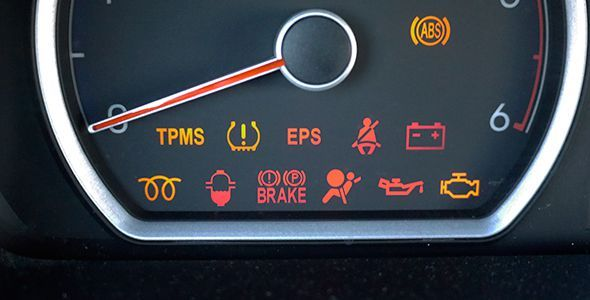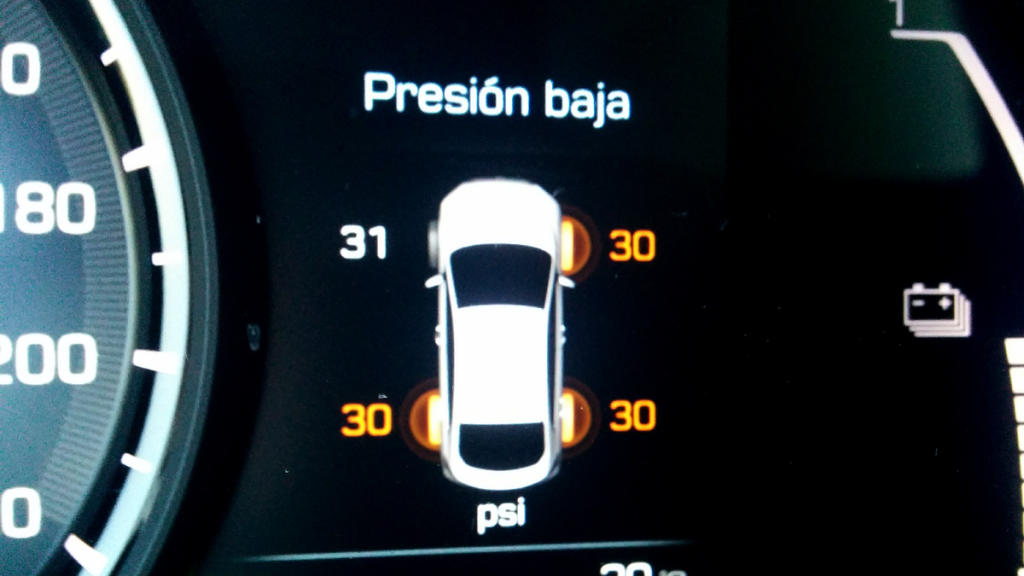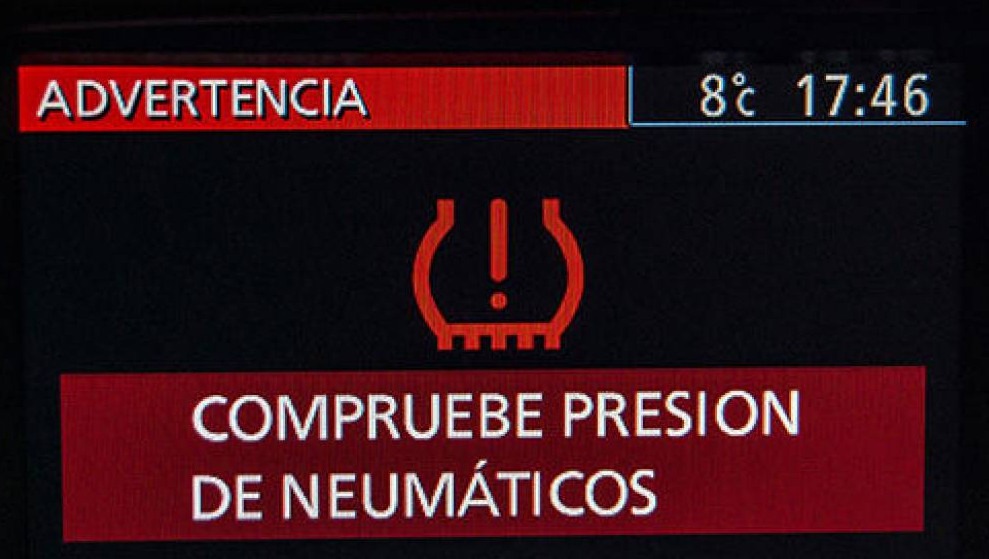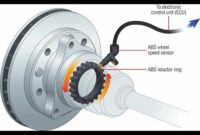
Modern vehicles are factory-equipped with a system that automatically monitors tire air pressure. This safety feature gives the driver advance warning of a slow leak and helps prevent breakdowns and even accidents.
So when a vehicle has a warning of tire pressure sensor failure on the board, you should take it seriously, because if you don’t pay attention to it, it would end up being even more annoying and potentially dangerous. In this note, we will explain the most common causes of tire pressure sensor failure so you can understand what it means for you and your car, and immediately be able to fix this problem.
What does the TPMS light indicate?

A tire pressure sensor failure means there is a condition that affects the Tire Pressure Monitoring System (TPMS) in the vehicle. Sometimes the light may come on to let you know there is a problem where the air pressure in a tire is too high or too low. Other times, it means there is a glitch in the system. To understand the difference we recommend that you consult the owner’s manual.
Where is the tire pressure sensor located?

Each tire has a pressure sensor installed inside it, usually connected to the valve stem where the tire is filled with air. Since there is one inside each tire, any one of them could be the source of the problem causing a fault or warning on your vehicle’s dashboard.
IT MAY INTEREST YOU:
- Where to buy cheap new tires in the USA (The best options)
Causes of Tire Pressure Sensor Fault Flashing
However, there are some common causes why your tire pressure sensor warning light may be flashing.
1. Low tire pressure
According to the car, a blinking TPMS light can mean at least one tire is low. Some vehicles let you check the pressure remotely from inside the car, so you can push a button and see the air pressure in all four tires.
Other vehicles will only warn you that the pressure is not adequate. Then you will need to go out and use a tire gauge in order to check each one of them. Make sure they are properly inflated according to the manufacturer’s recommendations.

2. Tire pressure sensor failed
Tire pressure sensors have batteries that can fail. They usually last quite a while, but if they run out of power it will trigger a warning on the dash. Other times, the sensors can wear out or corrode and stop working, causing a similar warning. Either way, the sensor will need replacement if it no longer works.
3. Sensor connection lost
Another cause may be due to the loss of sensor connection. Remember that the sensors in the TPMS system report information to the vehicle’s computer. If your connection is interrupted, the system will announce a board failure. That can happen if you hit a hard pothole or under certain other circumstances.
4. New Wheels or Tires
Also, if you recently installed new tires on your existing wheels or put new wheels on your car, you may need to reset the system. This is because wheel and tire configuration changes require reconnecting the old or new sensors to the system. And, depending on what changes you’ve made, the car could expect a different pressure than what you’ve set.
For example, if you just changed the winter wheels For summer ones, you will need to adjust the system pressure requirements.
5. Climate and changing temperatures
Similarly, a large number of people experience TPMS sensor problems when the temperature changes significantly in a short period. This is because air temperature affects tire pressure. When it is very cold, the sensors will see less pressure. And, as it heats up, the pressure will increase.
Why shouldn’t you ignore the tire pressure sensor warning?

Ignoring the tire pressure sensor warning will take you from a minor problem to a much bigger one. You should not ignore the tire pressure sensor warnings, they are usually minor, easily fixed or repaired.
Driving without proper air pressure can be dangerous, as you could lose control of your vehicle. You could also end up with a flat tire if you don’t act quickly at the first sign that you’re losing tire pressure, since you could have a slow leak that could leave you stranded. Additionally, driving without proper tire pressure also has a negative impact on mileage, reducing fuel efficiency.
So if you want to know how to reset a TPMS tire pressure sensor at homeyou may go to our note, where we will explain step by step what you must do to achieve it.
IT MAY INTEREST YOU:
- The 10 Worst Tire Brands of 2022 – Don’t Buy
- The 10 Best Portable Tire Inflators for Cars (2022 Review)
Fountain: MyCarMakesNoise




